
What components are needed for building learning algorithms that leverage the structure and properties of graphs?

What components are needed for building learning algorithms that leverage the structure and properties of graphs?

Visualisations and metrics from the Common Crawl Web Graph dataset

Research shows knowledge graphs and graph embeddings improve the quality and accuracy of Gen AI responses. Here’s how to get started.

The challenge of managing and recalling facts from complex, evolving conversations is a key problem for many AI-driven applications. As information grows and changes over time, maintaining accurate context becomes increasingly difficult. Current systems often struggle to handle the evolving nature of relationships and facts, leading to incomplete or irrelevant results when retrieving information. This can affect the effectiveness of AI agents, especially when dealing with user memories and context in real-time applications. Some existing solutions have attempted to address this problem. One common approach is using a Retrieval-Augmented Generation (RAG) pipeline, which involves storing extracted facts and using techniques
Modern Graph Theory Algorithms with Python, published by Packt - PacktPublishing/Modern-Graph-Theory-Algorithms-with-Python

Graph representation learning aims to effectively encode high-dimensional sparse graph-structured data into low-dimensional dense vectors, which is a fundamental task that has been widely studied...

Graph Neural Networks (GNNs) are deep learning methods that operate on graphs and are used to perform inference on data described by graphs. Graphs have been used in mathematics and computer science for a long time and give solutions to complex problems by forming a network of nodes connected by edges in various irregular ways. Traditional ML algorithms allow only regular and uniform relations between input objects, struggle to handle complex relationships, and fail to understand objects and their connections which is crucial for many real-world data. Google researchers added a new library in TensorFlow, called TensorFlow GNN 1.0 (TF-GNN)

An increasingly popular method for representing data in a graph structure is the usage of knowledge graphs (KGs). A KG is a group of triples (s, p, o), where s (subject) and o (object) are two graph nodes, and p is a predicate that describes the type of connection that exists between them. KGs are often supported by a schema (such as an ontology) that outlines the key ideas and relationships in a field of study and the constraints that govern how these ideas and relationships can interact. Many of the activities for which KGs are employed have a small
Learn how to use the NetworkX package to visualize complex networks

What is PageRank algorithm? How can it be used in various graph database use cases? How to use it in Memgraph? If these questions are keeping you up at night, here is a blog post that will finally put your mind at ease.

Graph-based models capture correlations efficiently enough to enable machine learning at scale.

The fastest to run any graph algorithm on your data is by using Memgraph and MAGE. It’s super easy....
Graph partitioning has been a long-lasting problem and has a wide range of applications. This post shares the methodology for graph…
DOT rendering programs and utilities.
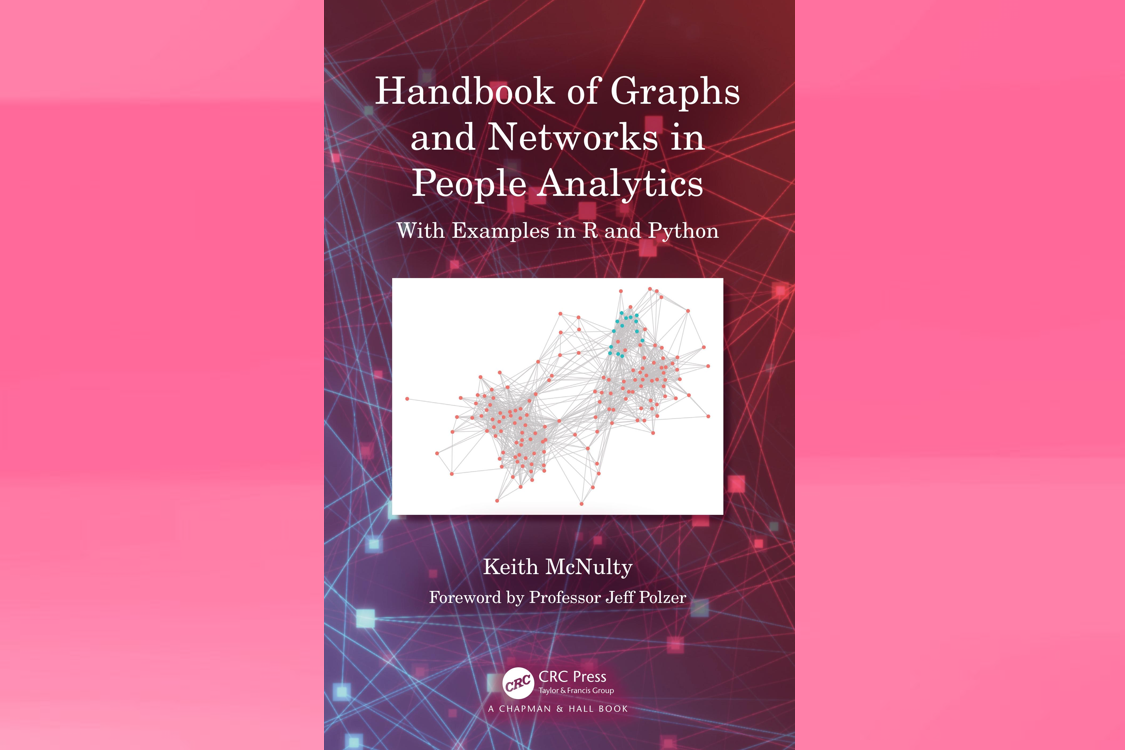
A technical manual of graphs, networks and their applications in the people and social sciences
Why to learn these graph algorithms? Graph algorithms are a set of instructions that...
A comprehensive guide on standard generative graph approaches with implementation in NetworkX

The graph database is popular with social networks, but there's no reason to limit it to tracking people and their friendships.
:extract_focal()/https%3A%2F%2Fpocket-syndicated-images.s3.amazonaws.com%2Farticles%2F5796%2F1601055329_Graph_826_MHeule_5K.jpg)
By making the first progress on the “chromatic number of the plane” problem in over 60 years, an anti-aging pundit has achieved mathematical immortality.

Using Mutual Information to measure the likelihood of candidate links in a graph.
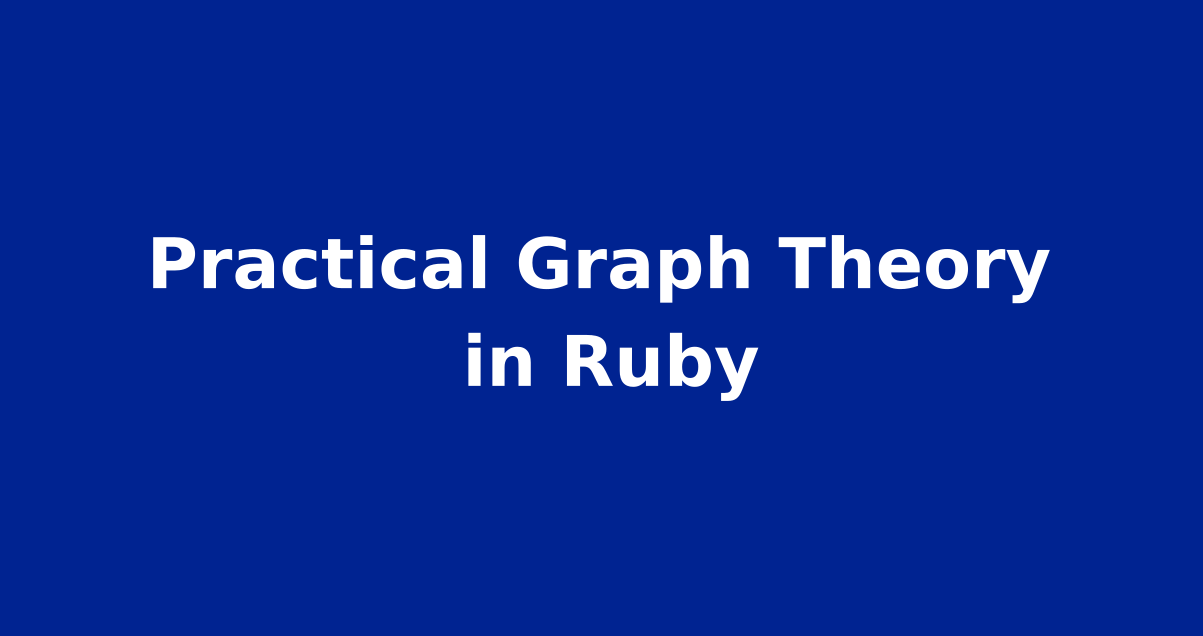
This is the next installment in the "Practical Computer Science" series, where you will learn how to apply classic computer science concepts to solve real problems using Ruby. Today we are going to talk about Graph
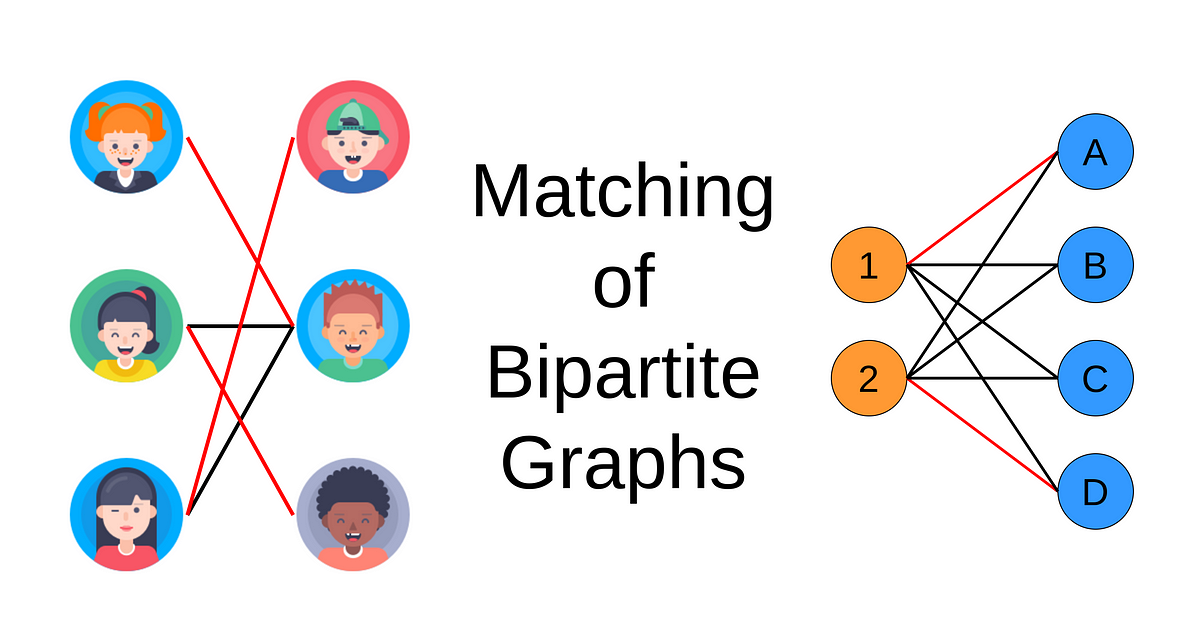
A simple introduction to matching in bipartite graphs with Python code examples

A quick introduction to 10 basic graph algorithms with examples and visualisations

In this post, I am going to be talking about some of the most important graph algorithms you should know and how to implement them using Python.
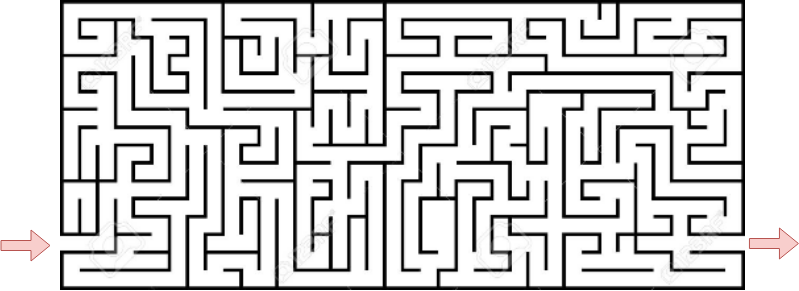
Hi all, welcome back to another post of my brand new series on Graph Theory named Graph Theory: Go Hero. I undoubtedly recommend the…
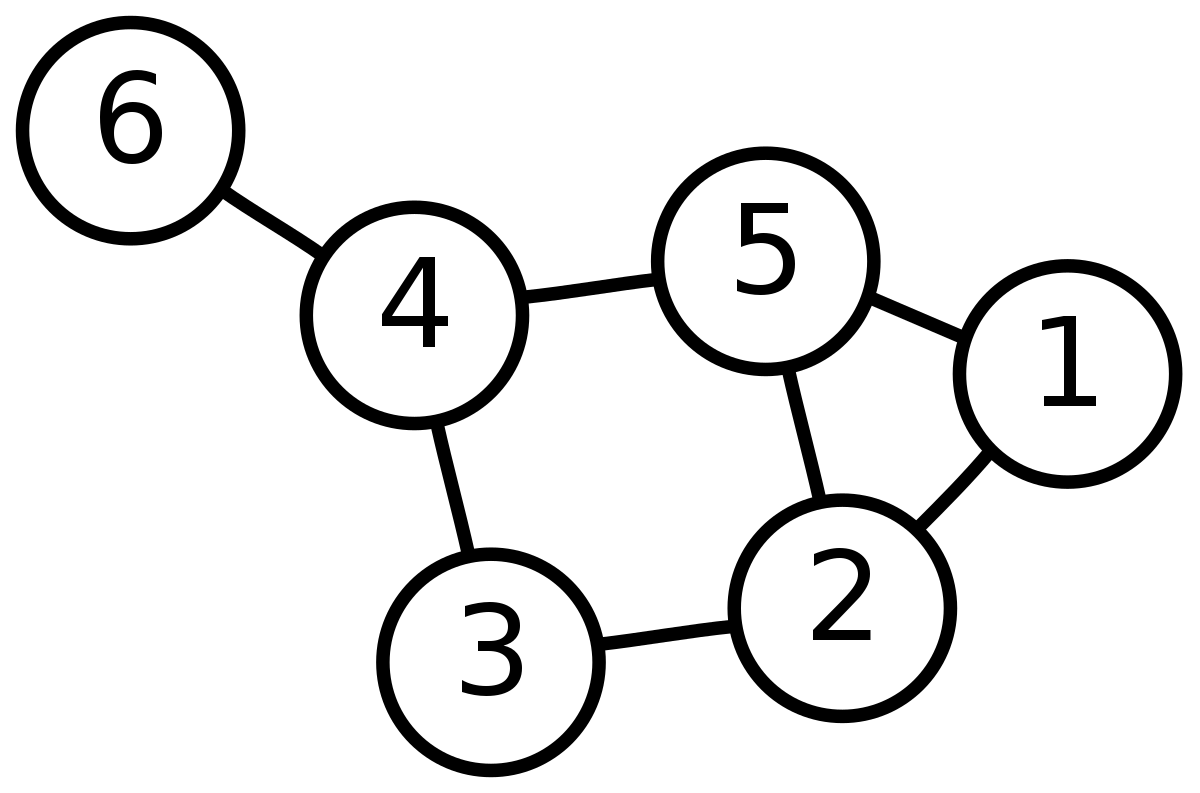
Graph Theory is the study of graphs which are mathematical structures used to model pairwise relations between objects. These graphs are…

If you read my blog then you’ll probably realize there are a few data related topics that I could talk about for days. This blog dives into a tool called RAW Graphs, which solves for two of them, outlined below. We need to enable subject matter experts (SMES) to provide data-driven A subject matter expert is someone… Read More »Data Science Graphs (without the code!)

Ryanair is a wonderful example of two extremes - it’s one of the worst possible airlines that nickel and dimes you for everything, it’s not a great employer, and it is rated the...
You’ve probably played with model trains, for instance with something like the Brio set shown below.1 And if you’ve built a layout with a model train set, yo...

Expero's cross-functional teams offer deep expertise in custom software development, product design and technology to solve complex issues and drive innovation.